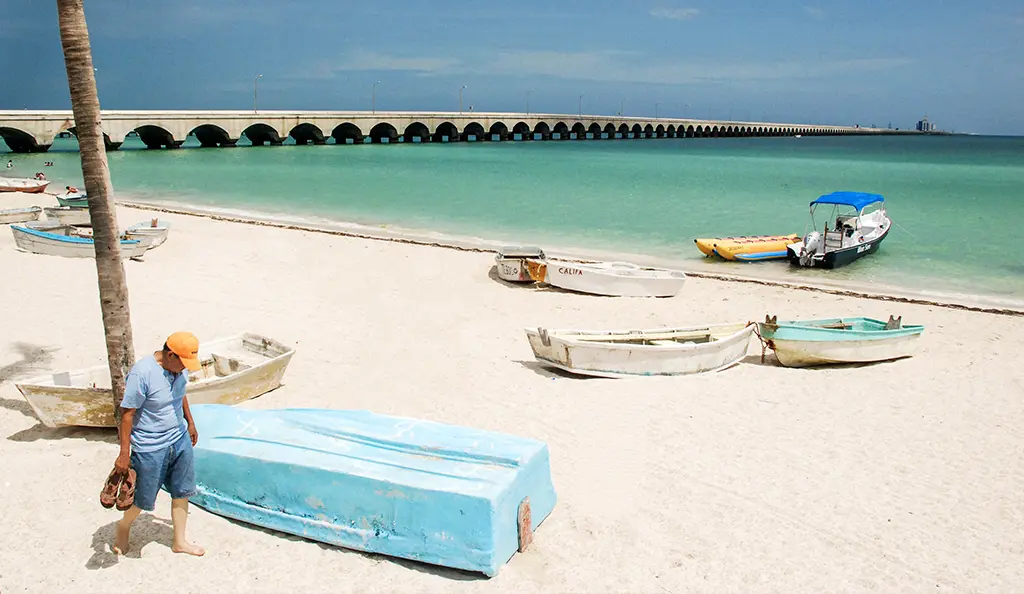
A Yucatán for All Seasons
What would you say if I told you that, contrary to popular belief, Yucatán has seasons? I know you’re skeptical, but hear me out.
When it comes to southeastern México, we might not experience a change of seasons as traditionally regarded by the residents of many cities in the US, Canada, or Europe. In Yucatán, you won’t see red and yellow trees during autumn or snowfall in the colder months. Even spring is not particularly wet as it is in other parts of North America. However, subtle changes in temperature, and not-so-subtle changes in precipitation, show us how delicate the balance of nature is, and how this impacts what you can see and do in Yucatán from one month to the next.
Allow me to take you on a brief tour through the seasons. This way, you can plan your next trip and experience the best Yucatán has to offer, no matter when you visit.
A New Spring in your Step
March 21 - June 20
Throughout the world, spring symbolizes new life and our mind conjures images of flowers, bunny rabbits, and rain showers. In Yucatán, spring is as hot as it gets with sweltering temperatures of up to 47°C in some parts of the state and little to no rain.
The intense heat and dry weather make for stunning scenery as our state’s most colorful trees bloom during these months and turn streets and avenues into a bright canvas splattered with the pink, yellow, and orange blossoms of the Flor de Mayo, Lluvia de Oro, and Flamboyán trees. Because temperatures tend to be high, and water is scarce, try to leave a ceramic bowl with fresh water outside for parched birds and other wildlife.
Semana Santa, or Easter break, always happens at this time of year. During this religious holiday that is observed throughout the country, processions take place in most towns. The most important ones in Yucatán are the Via Crucis in Acanceh and the one in Valladolid, both held on Good Friday. For other Yucatecos, Semana Santa is synonymous with beach season, so you’ll find that the city of Mérida is rather deserted. Beach towns on the other hand are packed and impromptu carnivals pop up for late-afternoon family entertainment.
And speaking of beaches and water activities, they really are the perfect way to cool off during the hottest temperatures. Conveniently, March through May are some of the best months for wind-related water sports such as kitesurfing, although the Gulf of México has excellent wind year-round.
A visit to Río Lagartos is also a fantastic choice between April and June, as this is when you can see the flamingos around this area. You’ll also get to see crocodiles and lots of other spectacular waterfowl. Since this is mating season for many birds, it’s also an excellent time to take part in birdwatching more inland, particularly around the Valladolid area.
Summer Vibes
June 21 - September 20
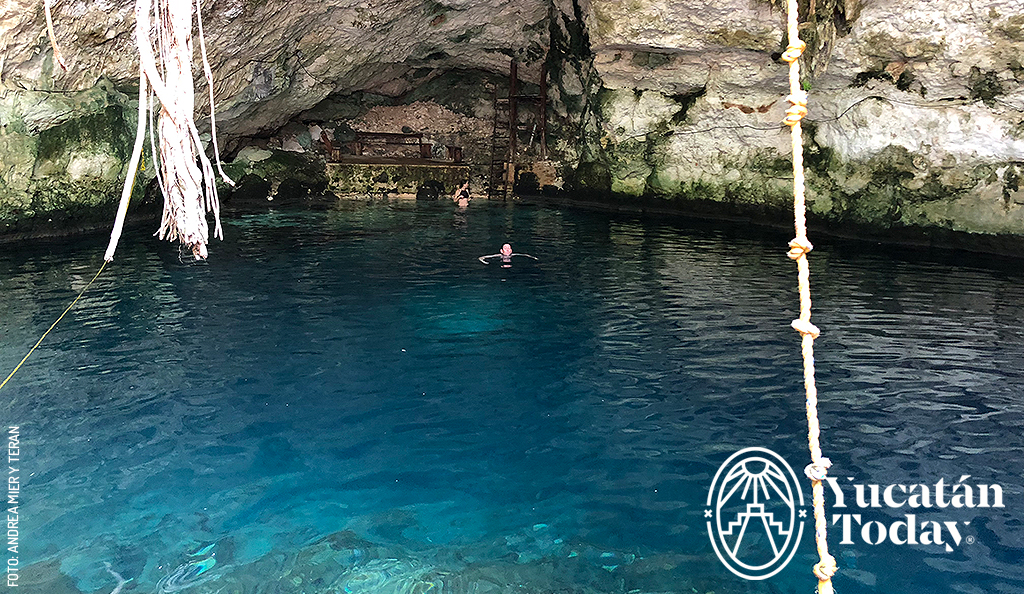 Summer in Yucatán tends to be somewhat cooler (not much though, to be perfectly honest) and more humid (you thought it wasn’t possible? It is!) because this is when the rain and hurricane season begins (June 1 - November 30). Rains usually fall in the afternoon and don’t typically last longer than a few hours, so when possible, people wait for the rain to pass and then continue with their commitments for the rest of the day. Don’t get frustrated if you think you’ve been stood up during this time of year! Likely, your appointment will show up after the downpour has passed.
Summer in Yucatán tends to be somewhat cooler (not much though, to be perfectly honest) and more humid (you thought it wasn’t possible? It is!) because this is when the rain and hurricane season begins (June 1 - November 30). Rains usually fall in the afternoon and don’t typically last longer than a few hours, so when possible, people wait for the rain to pass and then continue with their commitments for the rest of the day. Don’t get frustrated if you think you’ve been stood up during this time of year! Likely, your appointment will show up after the downpour has passed.
The first rains have an almost magical effect on the vegetation, as grass and trees seem to come to life overnight. This is particularly noticeable if you're driving on the highway, so a little road trip is always a great call around this time. Because it is still quite hot, and definitely humid, you’ll find the cenotes an absolutely heavenly place to cool down. Around the Homún circle you’ll find there are plenty of options to splash away.
If you prefer, summer is also perfect for the beach (to be fair, it’s always beach season). During July and August many local families spend time at beach rentals and the Gulf of México is a particularly beautiful color and temperature at this time. If you’re lucky you might even spot sea turtles hatching on the beach! They’re a wonder to behold, but please remember that you shouldn’t interfere with their natural instincts, get too close, touch them, take pictures, or make loud noises, as this can disorient them.
One summer-y thing that doesn’t change in Yucatán is our love of ice cream. How could it? This also coincides with many local fruits that are in season including Mamey, mango, dragon fruit, Guanábana, and many more. Next time, try swapping out your usual flavor of choice for a fresh fruit sorbet, ice cream, or Champola - a scoop of sorbet floating in milk.
Falling in Love with Local Culture
September 21 - December 20
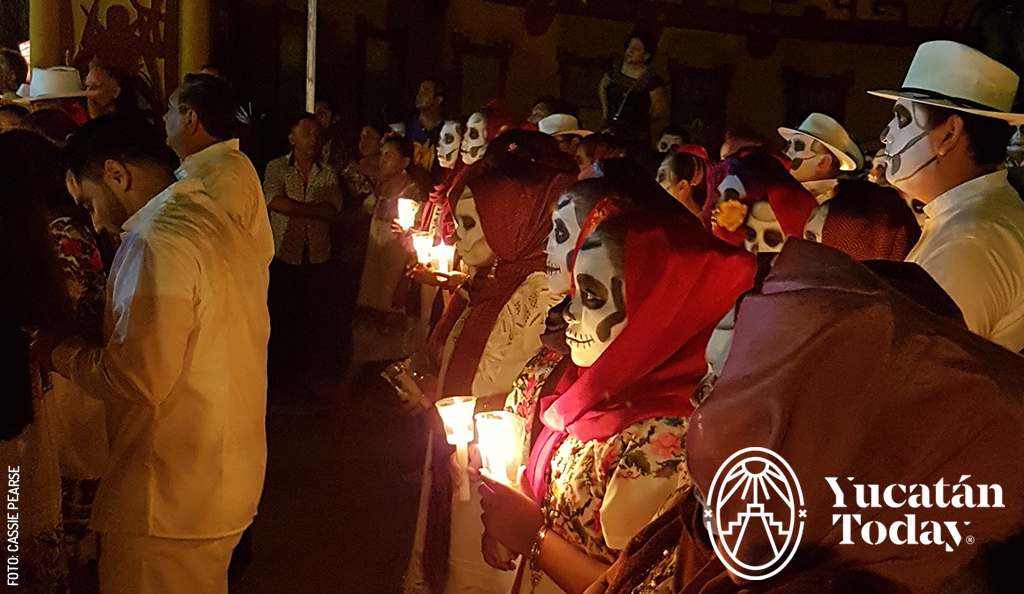 As temperatures become more tolerable, two types of seasonal visitors begin arriving in Yucatán. From October to February, around 200 species of migratory birds fly to our warm state to spend the winter, making bird watching extra-special during these months. Similarly, around 10,000 temporary human residents, dubbed “snowbirds,” because of obvious similarities in behavior, also come to spend winter mostly on the Yucatecan beaches.
As temperatures become more tolerable, two types of seasonal visitors begin arriving in Yucatán. From October to February, around 200 species of migratory birds fly to our warm state to spend the winter, making bird watching extra-special during these months. Similarly, around 10,000 temporary human residents, dubbed “snowbirds,” because of obvious similarities in behavior, also come to spend winter mostly on the Yucatecan beaches.
As in many parts of the world, Yucatán celebrates the harvest during autumn, and this revelry peaks with Janal Pixan (October 31 - November 2). During this time, the activity of choice is spending time with family and consuming copious quantities of Mukbilpollo (a sort of crunchy Tamal which is traditionally baked in an underground oven called a Pib) and Xec (a fruit salad of sorts made with jicama, coriander, and citrus fruits). But there are lots to see and do in the days leading up to this holiday: visiting the markets, seeing the altar demonstrations, and participating in the Paseo de las Ánimas are some of the activities you won’t want to miss.
Not-So-White Winter Wonderland
December 21 - March 20
Although the temperature drop might be less dramatic than you’d expect, Yucatán cools down considerably in the winter. The average high temperature is 18-34°C. This makes it the perfect time to visit the state if you’re concerned with feeling too hot. It also makes some activities considerably more pleasant, such as exploring the usually scorching streets of Mérida, Valladolid, and Izamal; trekking through an archaeological site, or kayaking in the Ría.
If you’ve ever heard a visitor claim that they left Celestún disappointed as they didn’t see as many flamingos as they would have hoped for, then they probably weren’t visiting during this time of year. Around 50,000 flamingos call Celestún home from November to March, so this is the perfect time to plan that trip.
At the end of the year and during the days leading up to Christmas, the cherished Mexican tradition of Guadalupe Reyes includes a non-stop flow of posadas and parties that begin on the Día de la Guadalupe and culminate on the Epiphany (January 6). When the world isn’t experiencing a pandemic, you’ll find that streets are quite busy during these three weeks, but that the ambiance is always festive, family-friendly, and safe.
Year-round Beauty
No matter when you visit, you’ll find that the beauty of Yucatán always shines through. From the pink salt lakes of Las Coloradas and the mangroves of Sisal, through the magical streets of our towns and villages and into the depths of our cenotes; there’s nothing like seeing it for yourself. When would you like to come back?
Photography by Yucatán Today, Cassie Pearse, Valentina Álvarez y Nora Garrett for its use in Yucatán Today.
First published in Yucatán Today print and digital magazine no. 407, in November 2021.
Last updated in January 2024.

Author: Maggie Rosado
Maggie is passionate about tourism, writing and languages and has a master's degree in Translation Skills.
¡Receive the latest articles and much more from the best of Yucatán in your email!
Related articles
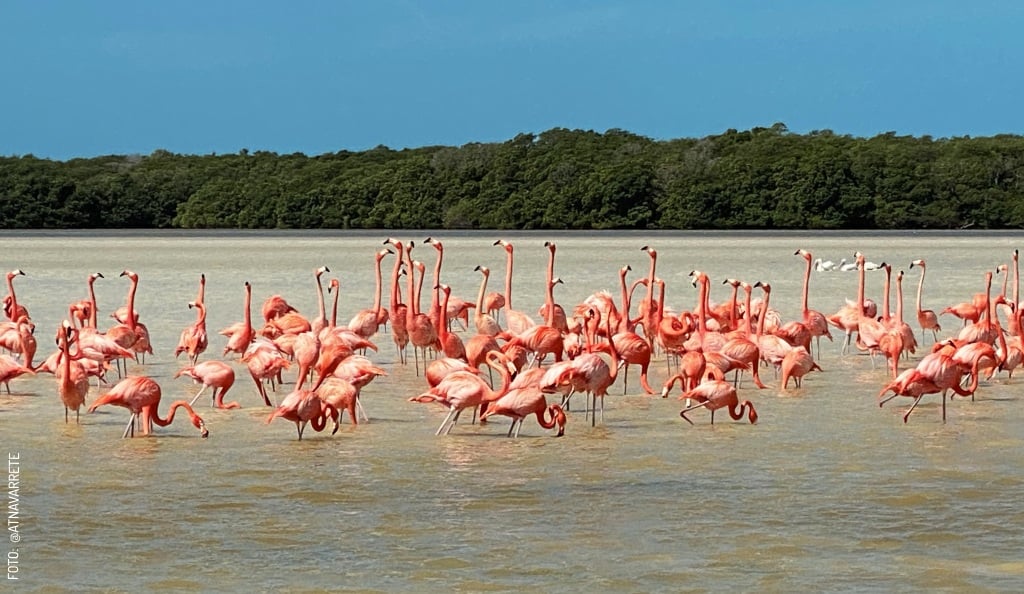
Celestún, A Pink Jewel
Celestún is an ecotourism paradise on the Yucatán coast that you will love for its clear skies, wildlife, and beautiful beaches.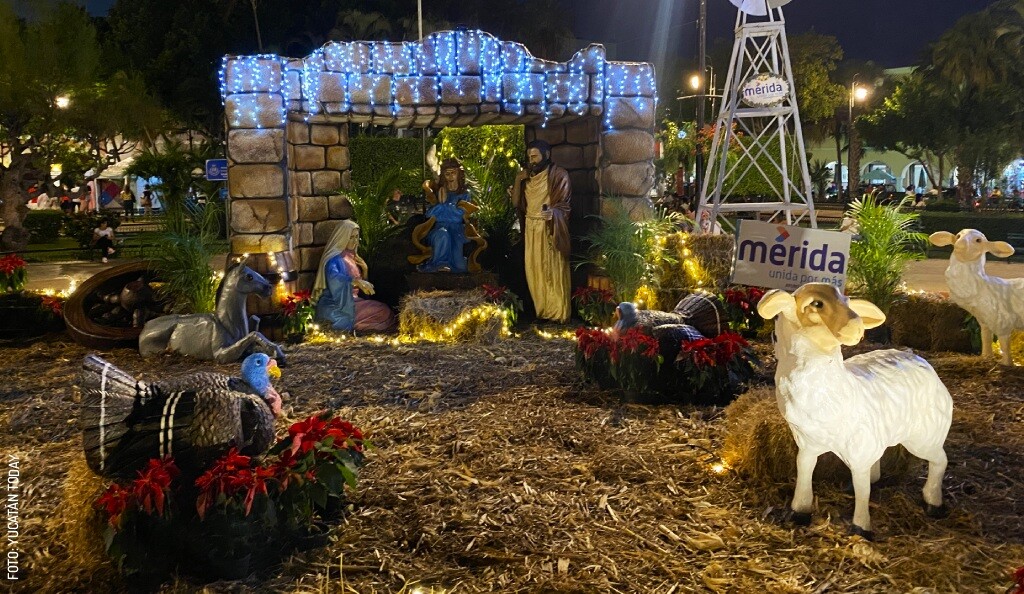
What to do in Yucatán in December
Are you visiting Yucatán in December? Here’s everything you need to make the most of your stay: activities, events, and holidays you won’t want to...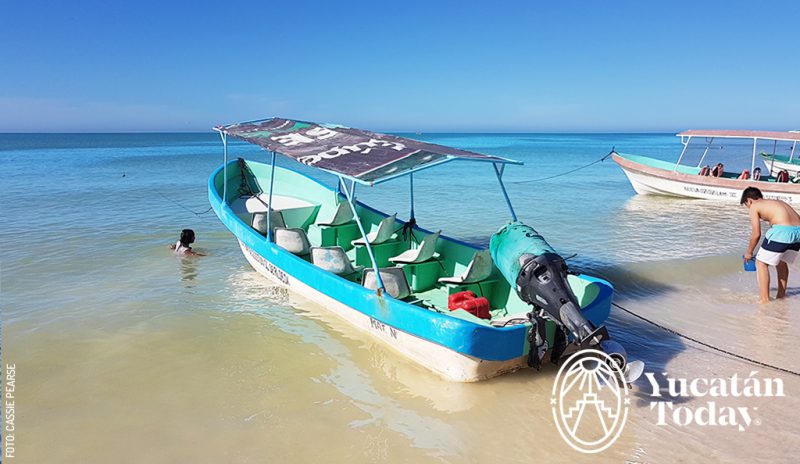



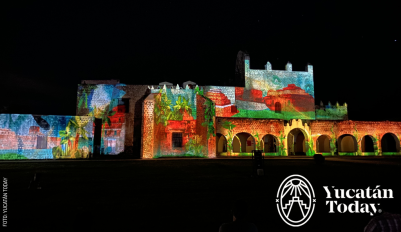
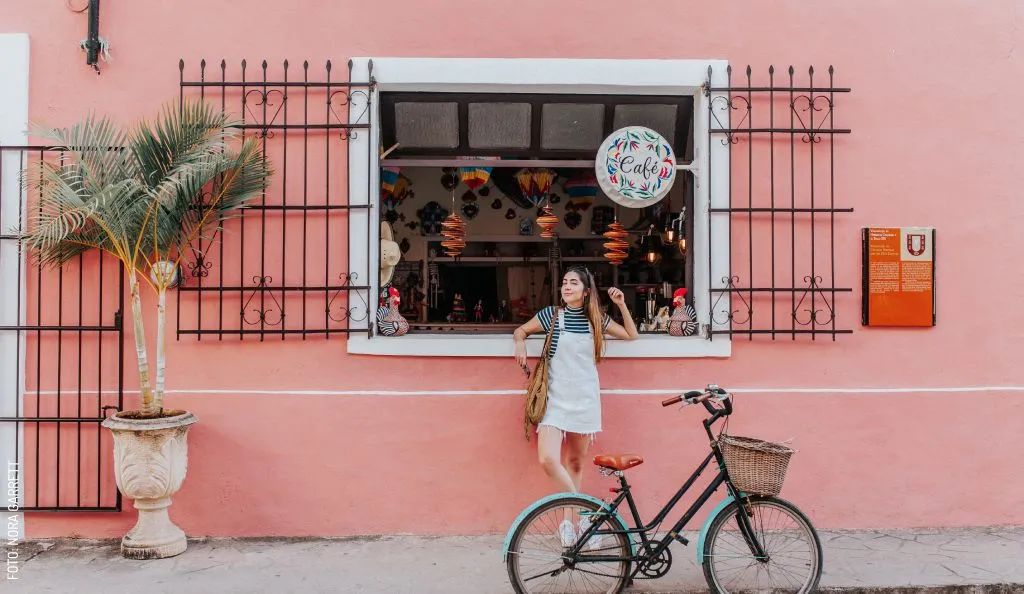
.webp)

